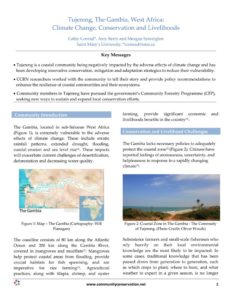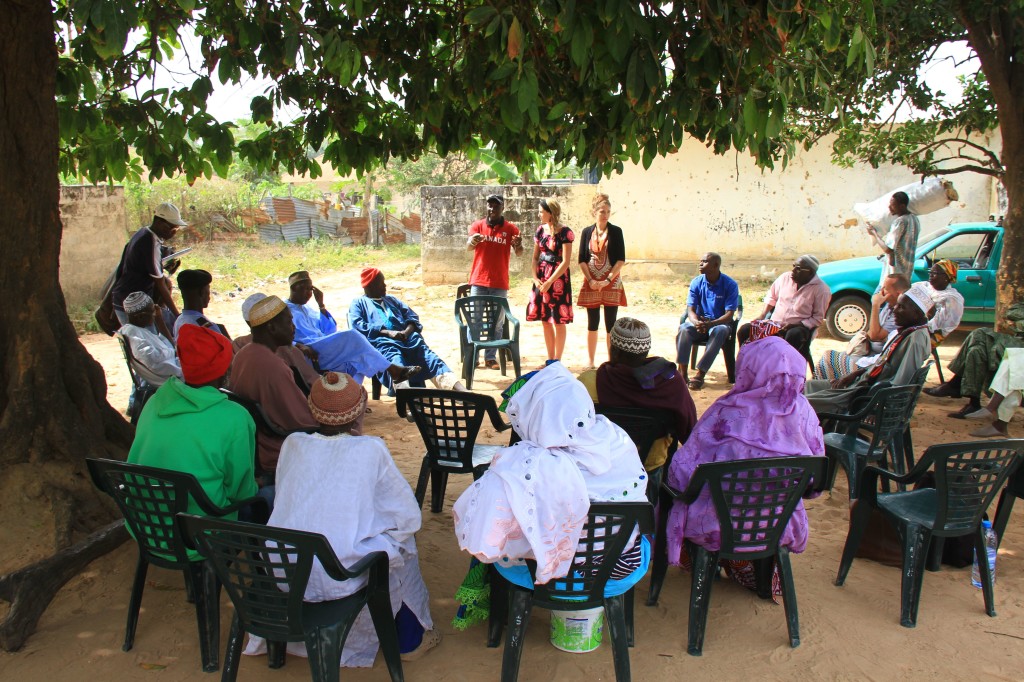
14 Dec The Gambia, West Africa
Cathy Conrad*, Amy Berry and Meagan Symington Saint Mary’s University; *cconrad@smu.ca
Key Messages
- Tujereng is a coastal community being negatively impacted by the adverse effects of climate change and has been developing innovative conservation, mitigation and adaptation strategies to reduce their vulnerability.
- CCRN researchers worked with the community to tell their story and provide policy recommendations to enhance the resilience of coastal communities and their ecosystems.
- Community members in Tujereng have pursued the government’s Community Forestry Programme (CFP), seeking new ways to sustain and expand local conservation efforts.
Community Introduction
The Gambia, located in sub-Saharan West Africa (Figure 1), is extremely vulnerable to the adverse effects of climate change. These include erratic rainfall patterns, extended drought, flooding, coastal erosion and sea level rise(1). These impacts will exacerbate current challenges of desertification, deforestation and decreasing water quality.
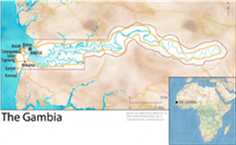
Figure 1: Map – The Gambia (Cartography: Will Flanagan)
The coastline consists of 80 km along the Atlantic Ocean and 200 km along the Gambia River, covered in mangroves and mudflats(2). Mangroves help protect coastal areas from flooding, provide crucial habitats for fish spawning, and are imperative for rice farming(3). Agricultural practices, along with tilapia, shrimp, and oyster farming, provide significant economic and livelihoods benefits in the country(4).
Conservation and Livelihood Challenges
The Gambia lacks necessary policies to adequately protect the coastal zone(2) (Figure 2). Citizens have reported feelings of anxiousness, uncertainty, and helplessness in response to a rapidly changing climate(5).
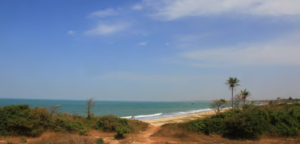
Figure 2: Coastal Zone in The Gambia – The Commuity of Tujereng. (Photo Credit: Oliver Woods)
Subsistence farmers and small-scale fishermen who rely heavily on their local environmental knowledge are the most likely to be impacted. In some cases, traditional knowledge that has been passed down from generation to generation, such as which crops to plant, where to hunt, and what weather to expect in a given season, is no longer reliable(6). Inhabitants who are highly vulnerable to perturbations in their environment have limited adaptive capacity to mitigate or adjust to the climatic impacts, yet, insufficient adaptation planning has occurred.
Community Initiative
Environmental Policy in The Gambia:
The Government of The Gambia created the National Adaptation Programme of Action (NAPA) in 2007, to identify the priority needs and activities in response to climate change. One of its priority projects was the expansion of community participation in the management of forests and protected areas. Globally, the management of forests is significant as deforestation is the second leading cause of anthropogenic greenhouse gas emissions(7) – a leading contributor to climate change. In response, community-based forest conservation initiatives are increasing across The Gambia. To implement the NAPA, the government focused on Village Development Committees (VDC). Each community has a VDC with 10-12 members responsible for increasing the participation of rural communities in development processes(8). In theory, using VDCs would be more effective for designing and implementing adaptation strategies. However, VDCs sometimes exclude traditionally marginalized groups, and thus fail to fully represent all stakeholders in the process.
The CCRN and Tujereng
As part of a multi-scale alliance, CCRN researchers conducted community interviews (Figure 3) and workshops involving 33 youth and 43 adults in collaboration with the Department of Water Resources, National Environment Agency, Department of Forestry, Tujereng VDC, Mori Kunda Community Forest Committee, and Nova Scotia Gambia Association (NSGA). The goal of this alliance is to look at “how participatory adaptation (or mitigation) strategies are taking place” using a multi-sectorial approach. Additionally, incorporating local perceptions and indigenous knowledge will help mainstream climate change with other development issues in the community.
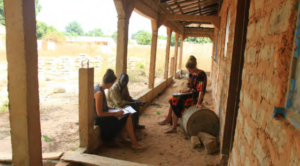
Figure 3: Interview with Tujereng Community Member. (Photo Credit: Oliver Woods)
Practical Outcomes
These partners were able to achieve the following outcomes: (1) document climate change and environmental perceptions which were previously unknown or underrepresented, (2) deliver effective educational interventions through successful collaboration with governmental and non-governmental agencies, (3) offer policy recommendations to improve environmental conservation and climate change adaptation and mitigation strategies for the benefit of local communities and future NAPA strategies. In addition, key trends emerged:
Voices Being Heard
Too often, climate discussions have been dominated by the voices of scientific experts, media broadcasters, and politicians, using modeling data and statistics, policy statements and executive summaries. The alliance of communities, government and researchers attempted to fill this gap, creating spaces for Tujereng to voice their concerns and evaluate the policies and management plans (the NAPA and the Community Forestry Programme) which affect their daily lives (Figure 4). Thus, giving a voice to Gambians who are living through climate change; to share what they have to say about their experiences and challenges and to encourage consideration. Their relationship with their environment is being transformed, and this collaboration worked to provide meaningful and context-specific community-based educational opportunities, as well as working towards integrating the voices and perceptions of the community into government policies.
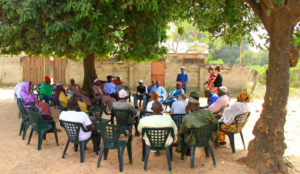
Figure 4: Consulting with the Tujereng Council of Elders. (Photo Credit: Oliver Woods)
Unpredictable Weather is Invalidating Certain Traditional Knowledge
Knowledge passed down from parent to child has long dictated which crops to plant, when, where, and what yields to expect, although this is increasingly being affected by climate change. Farmers have suffered unpredictable, irregular rainy seasons in recent years largely invalidating their traditional knowledge. For fishers, changing wind patterns are preventing them from fishing in certain areas. The adaptive capacity of Gambians to respond to climate change is already very low, leading to concern for well-being, especially of vulnerable members of society.
Lessons learned from the Community Forestry Programme (CFP)
Tujereng is threatened by water and food insecurity, as well as forest loss and degradation, thus increasing their vulnerability to climate change. In an attempt to protect local forest reserves, community members in Tujereng have pursued the government’s Community Forestry Programme (CFP), seeking new ways to sustain and expand local conservation efforts. Community engagement with internal and external agencies provides further support to this process by creating spaces for enhanced collaboration, education, and linkages between actors.
Communal Leadership
Tujereng is well-organized, with a well-respected Alkalo (village head) and strong sense of communal leadership. Men and women from various ages and associations are routinely consulted on different community matters. Every Sunday a ‘Council of Elders’ holds a ‘community court’ where local disputes can be brought to the attention of, and mediated by, community members. The community court is at times used to discuss environmental issues and advocate for conservation initiatives within the community.
The Role of Community Groups
Within the community, several groups are influential in forest conservation. The Mori Kunda clan, known as religious scholars and traditional healers, are responsible for the protection of the nearby forest, which provides forest products and traditional medicine. The Mori Kunda contribute to the wider community of Tujereng by providing communal resources such as firewood for gatherings or fencing materials for local soccer fields and school grounds. The Tujereng NSGA Peer Health Educators (PHE) also contribute to forest conservation by educating their peers and the larger community about environmental stewardship as a means of empowerment and knowledge mobilization through the use of drama (Figure 5).
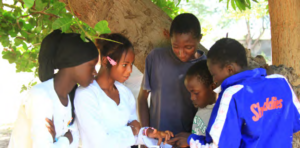
Figure 5: Tujereng Peer Health Educators. (Photo Credit: Oliver Woods)
Major obstacles to the CFP include enforcement, economic sustainability and the regeneration of indigenous vegetation. Moreover, the CFP in Tujereng does not currently include mangroves, which could considerably improve the overall climate adaptation strategy and decrease local vulnerability to food insecurity. The integration of local knowledge has a strong capacity to enhance the community’s motivation for environmental stewardship through public environmental education and awareness-building programs as well as enforcement initiatives.
References
1. Government of The Gambia. (2013). Mainstreaming climate change resilience into development planning in the Gambia. International Institute for Environment and Development. Banjul: The Gambian Ministry of Finance and Economic Affairs.
2. Drammeh, F. (2013). Assessing and adapting to Climate-Change Induced Sea-level rise on the Southern Coastline of The Gambia. New York: United Nations-Nippon Foundation Fellowship.
3. Jallow, B. (1999). Coastal zone of The Gambia and the Abidjan region in Côte d’Ivoire: sea level rise vulnerability, response strategies, and adaptation options. Climate Research, 12, 129–136.
4. Crow, B & Carney, j. (2013). Commercializing Nature: Mangrove Conservation and Female Oyster Collectors in The Gambia. Antipode, 45(2): 275–293.
5. Turner, N.J., Clifton, H. (2009). “It’s so different today”: Climate change and indigenous lifeways in British Columbia, Canada. Global Environmental Change 19, 180-190.
6. Vedwan, N., Rhoades R.E. (2001). Climate change in the Western Himalayas of India: a study of local perception and response. Climate Research 19, 109-117.
7. UNEP, FAO, UNFF. (2009). Vital Forest Graphics. [Lambrechts, C., Wilkie, M., Rucevska, I. & Sen, M. (Eds.)]. Nairobi, KE: UNEP/GRID-Arendal.
8. National Environment Agency. (2010). State of the Environment Report (SER-TG). 2nd ed. Jimpex Road, Kanifing, The Gambia-West Africa.
Acknowledgements
The authors would like to thank the community of Tujereng, the Mori Kunda Community Forest Committee, the Nova Scotia Gambia Association, the National Environment Agency, the Department of Water Resources, and the Department of Forestry in The Gambia as well as the Robin Rigby Trust Fund.
This research is being carried out with the aid of a Doctoral Research Award from the Canadian International Development Research Centre, a doctoral award from the Social Science and Humanities Research Council (SSHRC) of Canada, a SSHRC grant held by Dr. Derek Armitage as part of a Coastal-Marine Transformation Project, and support from the SSHRC-funded Community Conservation Research Network (CCRN).



